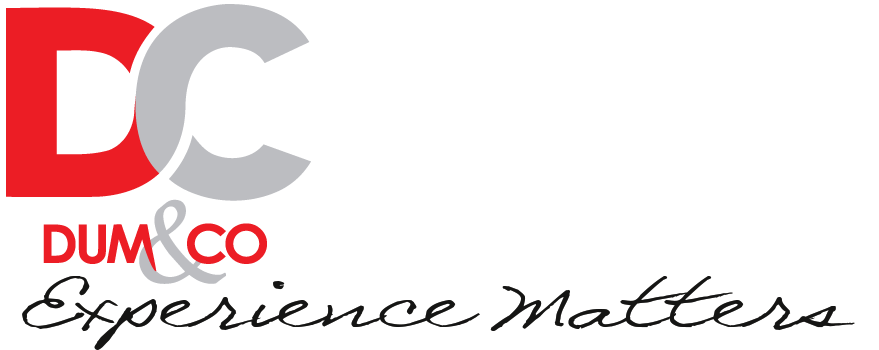CMS or HTML5
We offer a business design using two different solutions: HTML5 and CMS (Joomla)
HTML and CMS are very different methods of website design, and new start-up companies should carefully consider the advantages and disadvantages of both practices before choosing one to create a new small business website.
In the modern trends, people prefer to use CMS like Drupal, Joomla or Worpress when designing their business website. If your site does not need to be updated frequently we suggest the use of HTML5.
However, if you require a site that needs frequent updates or promotions CMS is the best solution.
HTML5 is the newest version of the HyperText Markup Language that was developed in the late 80s in order to describe documents that are linked to each other.
Here are some advantages of HTML5
- Security: HTML does not use password-accessed databases for its content creation and display, so there is much higher security.
- Efficiency: HTML5 uses bandwidth and memory efficiently since it does not rely on client-server communication like CMS.
Here are some disadvantages of HTML5
- Main issue: The main problem with HTML5's acceptance is that only modern browsers support it. By modern, I mean almost everything except for Internet Explorer. The majority of people will still use older versions of IE for quite some time. Hence we offer only very small websites without extensive programming.
- Content maintenance: If you don't know markup language you would have to employ a programmer for the smallest update. For small static websites, we recommend the use of HTML5 as it does not require regular updates.
Here are some advantages of CMS
- Content updates: The big advantage is that you, a non-programming person, can update your own content. No need to learn or write code.
- Publishing: Straightforward process of creating and publishing content.
- Users: Makes multiple users possible.
- Frequency: Makes frequent updates possible and allows content to be used multiple times after being stored once. For example, the same module can be displayed over and over. Just to illustrate. Christmas times display can be enabled and changed but then disabled and used again next year.
- Publishing: Allows for publishing that is scheduled.
- Flexibility: Increases the flexibility of the site. Content can be moved from one section of the website to another, from one menu to another menu.
- Coding and development: Less Backend Coding
- Time-saving: The main goal of using CMS is time-saving. CMS provide a built-in visual page creator to create, manage or modify the content of the site.
- SEO friendly: CMS websites are SEO friendly because the implementation of SEO techniques is much simpler than HTML. There are some plugins and components available that directly support SEO management.
Here are some disadvantages of CMS
- Main issue: Any mistakes on the site become “live” on the site immediately. For example, if the server version is changed from one PHP to another version the site might display errors or not display at all.
- Hosting: It becomes more difficult to change web hosts. Transfer of website includes server compatibility and MSQL as well as setting data software on hosting.
- Training: To an extent, some staff may need web training to understand processes.
- Spam: The risk of spammers on the site increases if the website is developed by a not experienced developer
- Security: There is a security risk.
- Updates: There is a lot of dependence on plugins and widgets as well as extensions. Hence if the version of CMS is due for update or server updates if these plugins or extensions are not compatible - it is harder for a developer to update the website. It also includes older templates that cannot have updates and won't be compatible with new frameworks.
- Maintenance: CMS systems need to be maintained on a regular basis. How often the site needs to be maintained and managed depends on traffic to the website.
